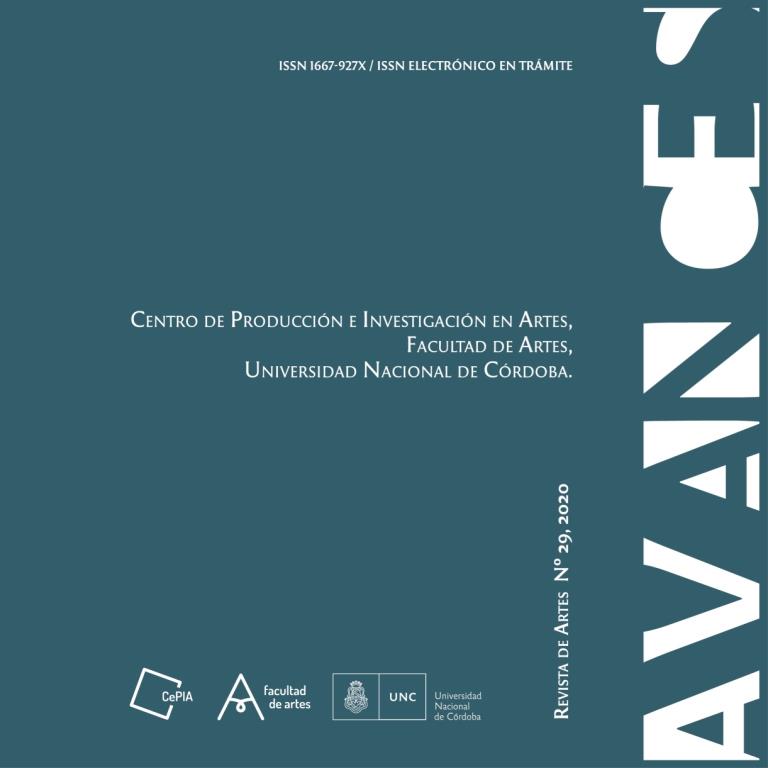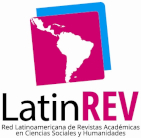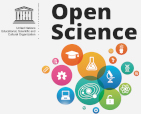THE PRIMITIVES’ PATH. JUÁREZ AND TABORDA LOOK AT THE PAST TO BUILD THE ART OF THE FUTURE
Keywords:
autonomy-heteronomy, new sculpture, avant-garde in CórdobaAbstract
This paper proposes an approach to the artistic and aesthetic interests of Saúl Taborda and Horacio Juárez focusing on the reading of the correspondence that both maintain in the early years of the 30s. However, although the letters will be the privileged documents of this research, they are analysed and interpreted in relation to other sources: articles and essays published by Taborda, letters to other friends sent by Juárez and the works that the sculptor performs during his scholarship in Europe. The beginning of this epistolary exchange takes place in 1930 when Juárez travel to France and ends at 1932, a few months before his return to the city. The analysis of the correspondence that they maintain tries to understand the construction of the “new sculpture” made by the sculptor and some elements of the original aesthetic proposal elaborated by Taborda. The missives between Unquillo and Paris allow us to observe the elective affinities between the two without, however, identifying certain divergences in each other’s statements. Thus the agreements and discussions that they maintain are the starting point to reflect on something that initially seems paradoxical: its returns to primitives as a privileged resource to build the art of the future.
Downloads
References
Agüero, A. C. (2014). El tono reformista. Notas sobre cultura y sociedad del diez al treinta. En D. García, Clarín: revista de crítica y cultura. Córdoba, 1926-1927 (pp. 26-27). Córdoba: Universidad Nacional de Córdoba.
Entender (30 de enero de 1927). Clarín. Revista de crítica y cultura, 2(8), p. 5. Córdoba: Argentina.
Fuentes, M. y Otero, R. (2018). Horacio Juárez: derivas de un artista proletario. En Mon cher Noir. Horacio Juárez en la colección del MEC [catálogo de exposición]. Córdoba: Museo Emilio Caraffa.
García, D. (coord.) (2014). Arte, vanguardia y revolución. Córdoba: Editorial de la Facultad de Filosofía y Humanidades, UNC.
Iglesias, P. (2014). Vanguardias en Córdoba. El caso de la revista Clarín (1926-1927). En D. García, Clarín: revista de crítica y cultura. Córdoba, 1926-1927 (pp. 7-16). Córdoba: Universidad Nacional de Córdoba.
Mochkofsky, A. (1997). Horacio Juárez: Una vocación inquebrantable. Buenos Aires: Iglys SA.
Otero, R. (2017). Artistas en tránsito. Viajes, tradición y renovación en las artes plásticas de Córdoba durante los años 20. Bernal: Universidad Nacional de Quilmes.
Rocca, M. C. (2009). Por una modernidad artística en la Córdoba de los años ‘30: Horacio Juárez en la crítica de Saúl Taborda. Avances. Revista del Área Artes del CIFFyH, (13). Córdoba: Universidad Nacional de Córdoba.
Rocca, M. C. (2018). Artistas y reformistas en la cultura de Córdoba (1933-1943). Córdoba: Universidad Nacional de Córdoba.
Romano, C. (2016). Apuntes sobre la vanguardia en Córdoba: un problema, un debate y una asociación en 1933. En C. Salomón Tarquini y M. de los Á. Lanzillotta (eds.), Redes intelectuales, itinerarios e identidades regionales en Argentina (siglo XX) (pp. 63-78). Rosario: Pro-historia Ediciones y EDUNLPam.
Taborda, S. A. (1933). El alma precapitalista. En La crisis espiritual y el ideario argentino (pp. 53-56). Conferencia pronunciada bajo los auspicios del Instituto Social. Universidad Nacional del Litoral, Santa Fe, Argentina.
Taborda, S. A. (2009). Escritos políticos. 1918-1934, Córdoba: Universidad Nacional de Córdoba.
Tarcus, H. (2009). Estudio de afinidad electiva. En Cartas de una hermandad. Leopoldo Lugones, Horacio Quiroga, Ezequiel Martínez Estrada, Luis Franco, Samuel Glusberg (pp. 13-79). Buenos Aires: Emecé.
Williams, R. (2017). La política del modernismo. Buenos Aires: Ediciones Godot Argentina.
Downloads
Published
Versions
- 2020-07-02 (2)
- 2020-06-01 (1)
Issue
Section
License
Copyright (c) 2020 Mgter. Carolina Romano

This work is licensed under a Creative Commons Attribution-NonCommercial-ShareAlike 4.0 International License.





















